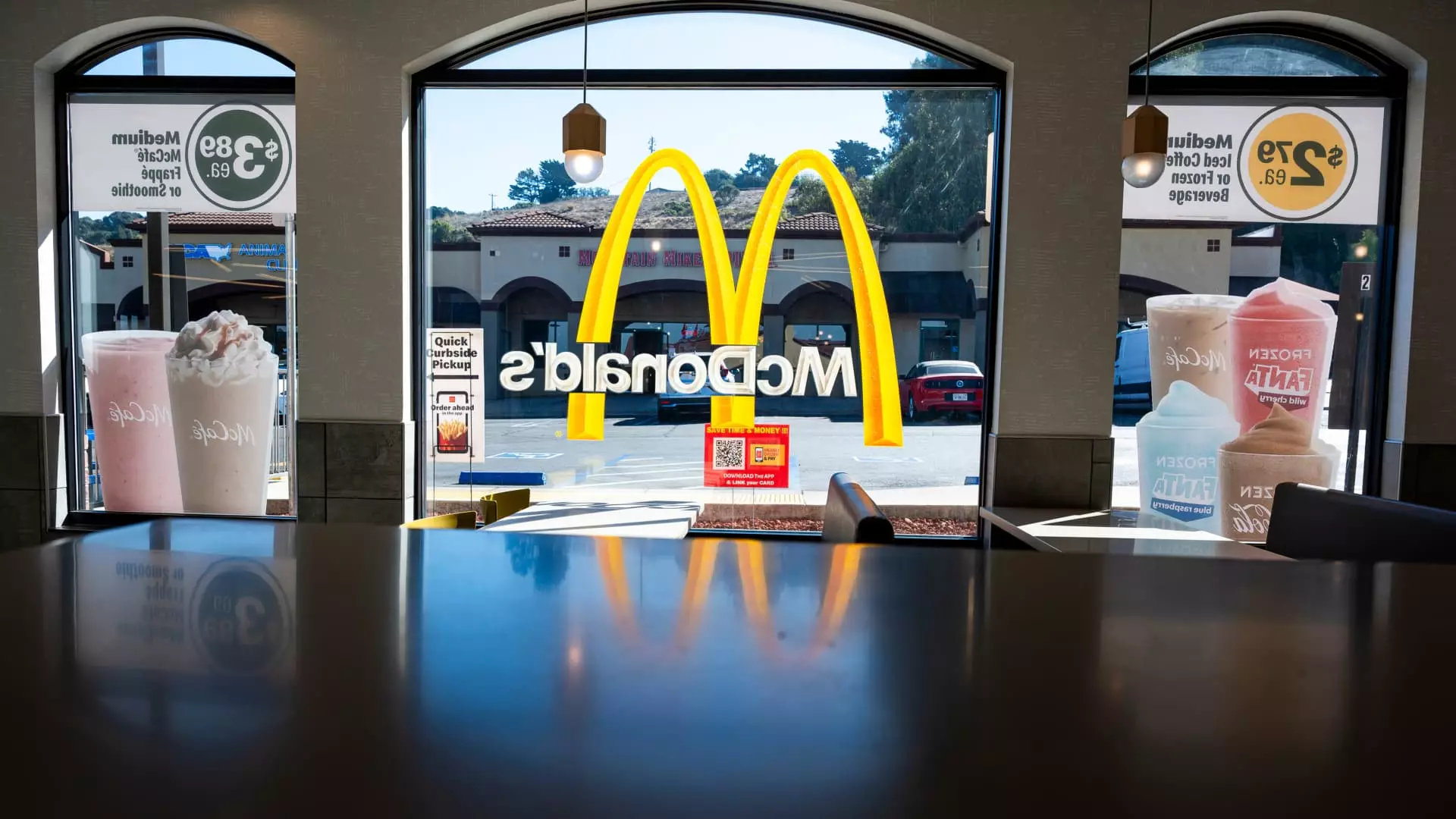The restaurant industry has faced a tumultuous landscape over the past year, grappling with the lingering effects of economic fluctuations, changing consumer behaviors, and fierce competition. As industry executives look forward with cautious optimism, they anticipate significant changes as we approach 2025. Despite the challenges of 2024, there are signs of resilience and potential recovery that suggest brighter days may lie ahead.
The year 2024 has been marked by an unprecedented surge in restaurant bankruptcies, with filings increasing by over 50% compared to the previous year. This spike is reflective of a broader economic struggle that many establishments have faced since the pandemic. According to data from Black Box Intelligence, every month of this year—a stark contrast to previous years—has seen a decline in traffic to established restaurants, creating a palpable sense of urgency and concern within the industry. Major chains, including McDonald’s and Starbucks, have reported disappointing sales figures, compounding the difficulties of many operators.
These figures paint a sobering picture for the restaurant industry, but they also underscore the necessity for adaptation and evolution in a competitive market. Many restaurant chains have adjusted their strategies in response to declining foot traffic and sales. As businesses seek to navigate this challenging environment, the ability to pivot and innovate will prove crucial.
Despite the currently daunting outlook, there are emerging indicators of recovery and positivity. For example, recent statistics reveal a 2.8% uptick in traffic to fast-food restaurants in October, signaling a potential revival as consumer interest begins to stabilize. This rebound correlates with anecdotal reports from major players like Restaurant Brands International, showcasing an unexpected growth in same-store sales. Such positive news offers a glimmer of hope amidst the chaos and suggests that consumer spending may be on an upward trend.
Moreover, the reduction in interest rates by the Federal Reserve marks a significant turning point for restaurant growth. As financing becomes easier and less costly, chains will likely seize the opportunity to expand their footprints, opening new locations and refreshing existing ones. The psychology of consumer confidence plays a critical role here; as borrowing becomes more accessible, individuals may feel inclined to increase their discretionary spending—an essential factor in the thriving restaurant sector.
Another factor bolstering optimism in the restaurant sector is the potential for improved valuations and capital market conditions. With greater interest in initial public offerings (IPOs), industry insiders, such as Damon Chandik of Piper Sandler, believe that some restaurant chains may be primed for public offerings in the near future. Although the market for restaurant IPOs has remained largely dormant since the successful debut of Mediterranean chain Cava, renewed interest reflects a shift in sentiment.
However, investors remain cautious, and the competitive landscape still harbors uncertainties that could hinder enthusiasm. Companies like Panera Bread, which have explored going public, still face obstacles, and others may also hesitate to take the plunge given the current climate. Despite these challenges, it’s clear that the groundwork for an influx of new investments is being laid, supported by improving economic metrics.
Looking forward to 2025, the restaurant industry is likely to face both optimism and headwinds. For instance, while progress has been made in restoring consumer confidence and foot traffic, lingering challenges remain. Companies such as Portillo’s are grappling with their own struggles, reporting declines in same-store sales over several quarters. Their decision to avoid certain aggressive discounting strategies plays into broader ‘value wars’ within the industry.
As larger chains like McDonald’s unveil new value menus to attract bargain-hunting consumers, smaller and mid-sized establishments may find it increasingly difficult to compete on price without sacrificing profit margins. This evolving landscape will require businesses to innovate and differentiate themselves while keeping a close eye on cost management and customer engagement.
In this era of transformation, the restaurant industry is at a crossroads between past adversity and future potential. The emergence of improving sales metrics, coupled with a favorable economic climate for financing, provides a foundation for renewed confidence. However, restaurant owners must remain vigilant, continuously adapting to market fluctuations and evolving consumer preferences. As we move toward 2025, the key for success will be striking a delicate balance between recovery and innovation. Those who embrace change while remaining agile in their strategies will ultimately navigate this complex environment and pave the way for a thriving future in the culinary world.


Leave a Reply